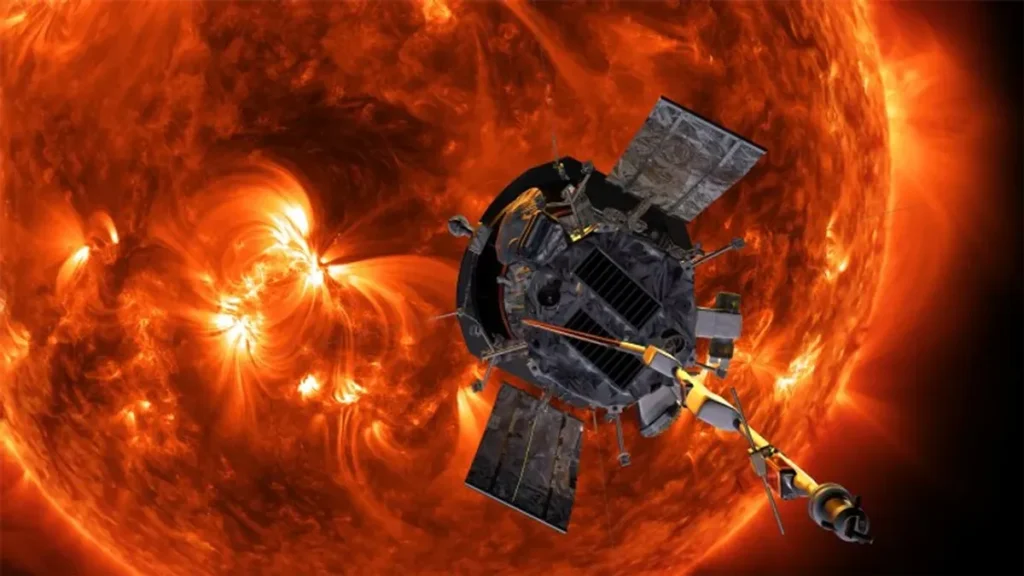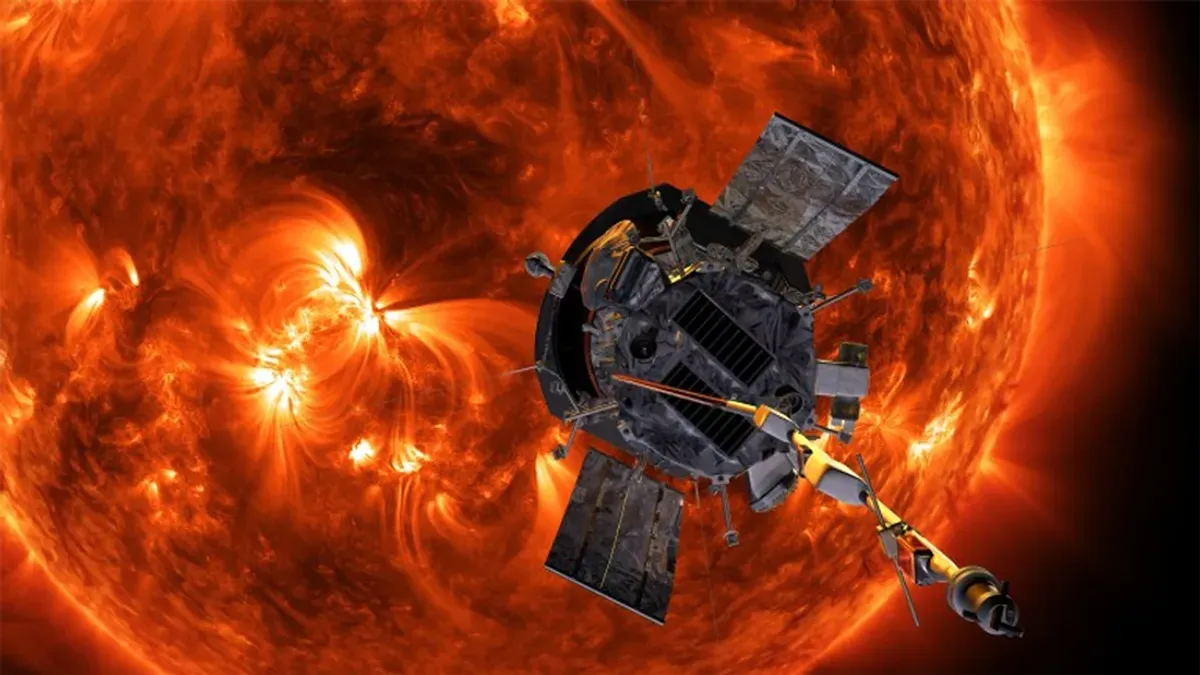
Introduction
The Sun is the primary source of heat and energy for our planet, playing a crucial role in sustaining life on Earth. However, a common question arises: if the Sun heats the Earth, why is space so cold? This intriguing question delves into the nature of heat transfer, the properties of space, and the unique conditions that make our planet hospitable.
Understanding Heat Transfer
The Basics of Heat Transfer
Heat transfer occurs through three primary mechanisms: conduction, convection, and radiation.
Conduction is the transfer of heat through direct contact between materials.
Convection involves the movement of heat through fluids (liquids or gases) by the movement of the fluid itself.
Radiation is the transfer of heat through electromagnetic waves, such as sunlight.
Heat Transfer in Space
In the vacuum of space, conduction and convection are not possible because there are no molecules to transfer heat. Therefore, heat transfer in space occurs solely through radiation. The Sun emits energy in the form of electromagnetic radiation, including visible light, ultraviolet light, and infrared radiation. When this radiation reaches an object, it can be absorbed, causing the object to heat up.
The Nature of Space
The Vacuum of Space
Space is a near-perfect vacuum, meaning it contains very few particles. Without an atmosphere or other medium, the heat from the Sun cannot be transferred through conduction or convection. As a result, objects in space rely entirely on radiation for heat exchange.
Temperature in Space
Temperature is a measure of the average kinetic energy of particles. In space, the lack of particles means there is little kinetic energy to measure, resulting in extremely low temperatures. The background temperature of space, influenced by the cosmic microwave background radiation, is about 2.7 Kelvin (-270.45°C or -454.81°F).
Earth’s Unique Conditions
The Atmosphere’s Role
Earth’s atmosphere plays a crucial role in maintaining temperatures conducive to life. The atmosphere absorbs and redistributes heat through conduction and convection, creating a more uniform temperature distribution. The greenhouse effect, where certain gases trap heat, further ensures that our planet stays warm.
Direct Solar Heating
When sunlight reaches Earth, it heats the surface and atmosphere through radiation. The Earth’s surface absorbs this energy, warms up, and then radiates heat back into the atmosphere. This process maintains a balance that supports life.
Objects in Space
The Sun’s Influence
Objects in space, such as satellites or astronauts on spacewalks, experience extreme temperature variations. When exposed to direct sunlight, they can become incredibly hot, but in the shadow of a planet or other object, they can quickly cool down. The absence of an atmosphere means these objects cannot benefit from conduction or convection to moderate their temperatures.
Thermal Regulation in Spacecraft
To protect against these extremes, spacecraft are equipped with thermal control systems. These systems include insulation, radiators, and heaters to manage the temperatures of both equipment and astronauts, ensuring they remain within safe operational limits.
Conclusion
The question of why space is cold despite the Sun heating the Earth highlights the complex nature of heat transfer and the unique conditions that make our planet habitable. Space’s vacuum environment means that heat can only travel through radiation, resulting in the vast, cold expanses between celestial bodies. Earth’s atmosphere and surface play crucial roles in absorbing and redistributing solar energy, creating a stable and warm environment that supports life. Understanding these processes not only answers this intriguing question but also underscores the delicate balance that makes Earth a unique and thriving world.

